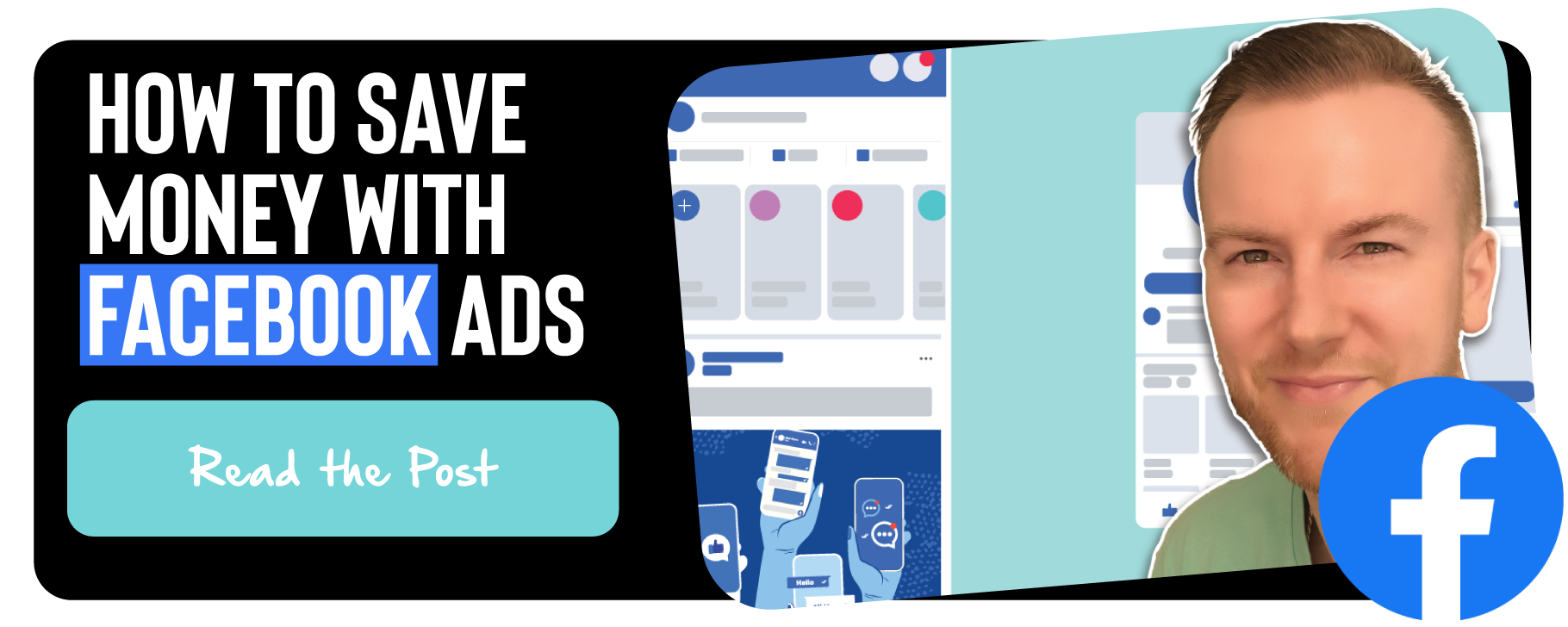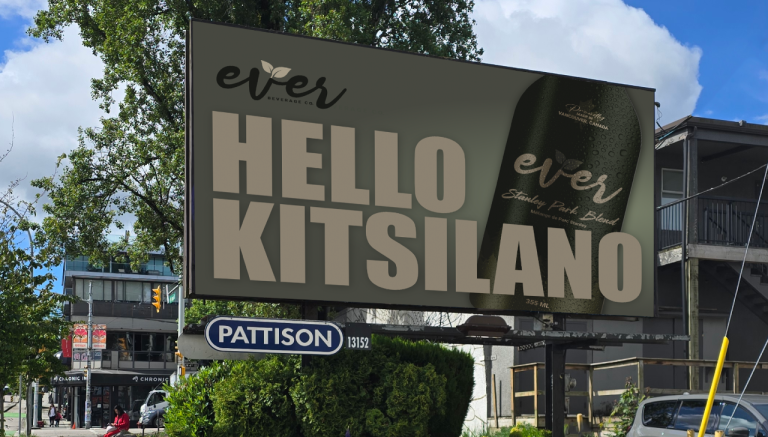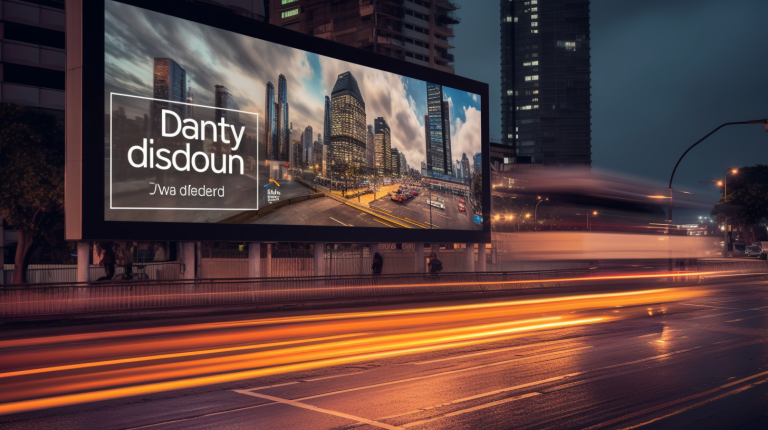Paid Advertising
We have spent years managing multi-million dollar paid ad accounts for some big companies with small, medium, and large budgets. We’ve run ads on nearly every platform, including radio, out of home (billboard, transit stations, print, etc.). Naturally, we have collected a lot of data on what works and what doesn’t.
Leveraging this knowledge and experience can save you a lot of time and money.






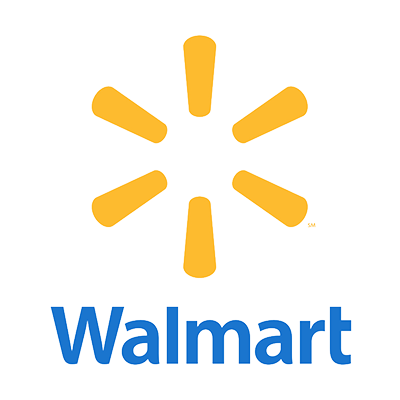
The Big 3 'TOFU' Channels
When looking for top of funnel (TOFU) awareness channels, the big three are:
1. SEO – using high-intent keywords (along with other SEO tactics), we can target people who are ‘in-market’ searching for a solution, and who fit your target account profile. This approach is relatively inexpensive, can have long-lasting return on your investment, but can be slow.
2. Referral – this refers to anytime somebody or some website (PR, social media, podcast, event, etc.) is pointing back to your site. This approach may require more planning, more costs, may be a little faster than SEO, but may have a shorter shelf-life than long-tail SEO.

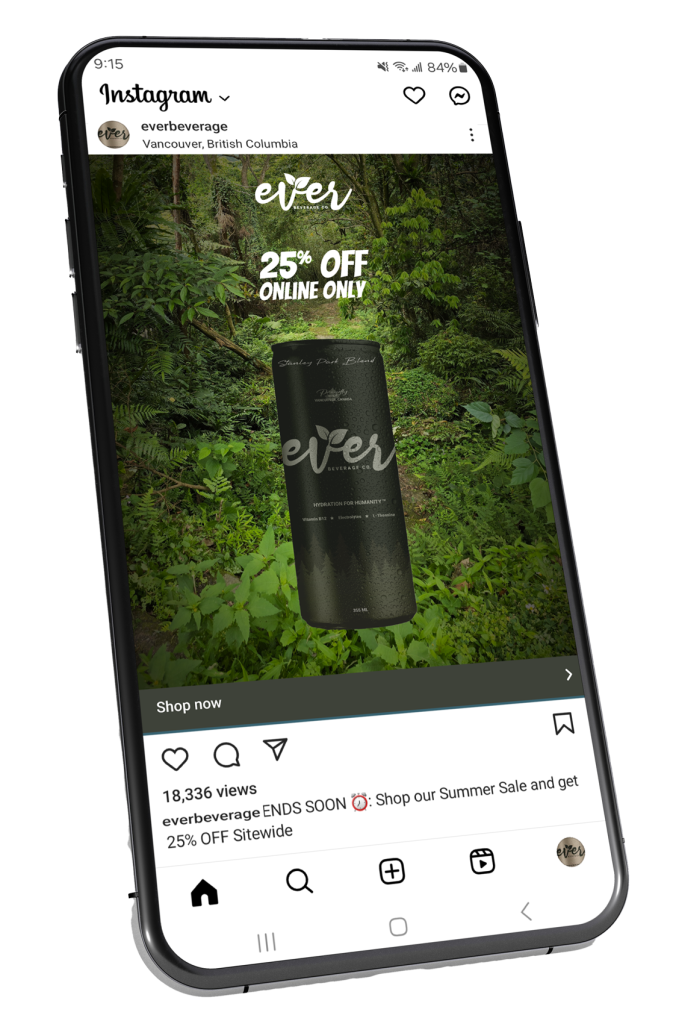
3. Paid ads – paid ads comes in many forms, but in general it can drive results very quickly. The downside is that it can take a lot of time to plan, set up, test, and it can be costly. There are a lot of nuances to running paid ads, so you need an expert who understands this space well so you can maximize your ROAS (return on ad spend).
A Paradox in Advertising: Land Rover Defender
Marketers (including me) often make a fuss about the value of copywriting, storytelling marketing, outcome-based marketing (aka JTBD), selling the experience, show don’t tell…
Then Land Rover comes along with an ad that breaks all those rules.
Their ad just shows the product along with one word (the model name), and that’s seemingly enough to create desire / demand.
How do we reconcile this apparent paradox?
👉 1. It works because Defender already has a loyal fanbase. So one word is enough. I suspect this tactic could work for other things as well like 501s, McRib, Submariner…
👉 2. It works because autos are complex and expensive. People aren’t seeing an ad and clicking “buy now”. It’s a process.
It’s important to note, this is an awareness ad designed to draw you in and create interest. The website, materials, showroom, test drive, sales rep… are what will actually sell it. This is not their only ad creative, just one in isolation. For all we know, it could fail horribly and they turn it off next week.

👉 3. It works because often people first develop an emotional connection with their heart, then try to justify it with their head. The vehicle looks stunning, which is designed to attract you on an emotional level. You can imagine it sitting in your driveway, you can imagine driving it, you can imagine being the envy of your friends and neighbours…
As the saying goes, a picture is worth a thousand words.
Types of ads we like to run
Google Search Ads
Google Search ads are great because they are targeting people who are ‘in-market’ (actively looking for a solution), fit your ideal customer profile, and may be further along the buyer’s journey (i.e. ready to buy).
Search ads often receive high CTRs and low CPC. We need to be mindful of keyword selection, and remove negative keywords (keywords that may be related, but aren’t actually relevant). This will help lower our costs.
Competitor Takeout Ads
A competitor takeout campaign is a kind of Google Search ad. It’s where you bid on a competitor’s keyword(s) and hope to steal some traffic from users who are actively searching for your competitor.
For example, Mila could run an ad targeting the keywords “Dyson Air Purifier”. The ad, along with a great landing page can convert Dyson traffic to Mila customers.
FYI: this is a real example that actually happened to me so I know it works! 🙂
LinkedIn Ads
LinkedIn is by far my favourite ad platform for B2B because they have the best targeting.
LinkedIn allows you to target demographics and firmographics such as company size, seniority, title, industry, groups, etc. Whereas Facebook, Google, TikTok, and others only allow you to target demographics and interests.
Facebook recently (Aug 9, 2022) introduced some B2B targeting options, but it’s still very limited.
Facebook Ads
There are 3 types of Facebook ads you can create in the Facebook Ads Manager: Single Image Ads (easy to make, but low CTR), Video (harder to make, but higher CTR), and Carousel (harder to make, but higher CTR).
But…
There’s actually a 4th kind of ad you can run, and it is a promoted blog post. When you post organically on your feed, there will be a Boost button. When you boost your organic blog content, it will generate an ad in the ad manager.
Boosted blog posts often receive 10x more CTR than any other ad type. This is great for TOFU awareness.
YouTube Ads
We like running YouTube bumper video ads (those annoying ads that appear at the beginning of a video) because we have someone’s captive attention.
In our experience, this is a highly effective way to build awareness for a low cost. The world is becoming more video based, so we need to consider where is the best place to reach people.
Studies show that people ignore display ads on a website. But video, while skippable, is harder to ignore altogether.
Retargeting Ads
Studies show retargeting ads are highly effective at converting people who are lingering in the consideration stage. Don’t lose a customer because you failed to follow-up with them. A well-timed, well-placed, well-targeted, and well-created retargeting ad can do wonders.
After installing the various pixels on your site, you can create custom retargeting audiences based on specific webpage visits, video watch time, scroll depth, time on site, frequency of site visit, etc.
Retargeting ads are part of an ad campaign ecosystem and therefore we would not recommend running cold ads, without a retargeting layer set up.
Related Posts about Out-of-Home Advertising
Performance advertising is a complex ecosystem
We tend to work with clients with small to medium budgets, so we take a very conservative approach with paid ads. Our goal is to maximize your ROAS (return on ad spend) and treat every dollar as if it were our own.
We do this by testing small budgets first, applying rapid experimentations, refining dozens of nuanced optimizations (copy, creative, audience, channels, etc.), and once we find a winner, we double down on it.
Although we can measure and track click-through rates, CPMs, cost per lead, landing page conversion, and to some extent, marketing-sourced revenue, it’s not an exact science.
Instead, marketing is a combination of art, science, and magic. If marketing were an exact science, we would have figured out the best way to go viral and just duplicate it as often as we like.
But this is not the case.
We don’t always know what is going to catch, what will convert, what ads or channels will resonate with our buyer, the precise ROI of our budget, etc.
We do our best with the tools we have, but they are notoriously problematic.
Marketing (including performance advertising) is a complex ecosystem, and it’s not crystal clear how all the interconnected pieces work together.
Much like in the animal kingdom, if you remove one piece, it can trigger some unforeseen reaction. For instance, removing a top-level predator who preys on frogs and rodents, causes the frogs and rodents to run rampant. They in turn overbreed and eat all the bugs, preventing the flowers from pollinating. Without the flowers, the soil erodes, killing the trees, which provide shelter for the rodents and frogs…
So if something is underperforming, there’s a chance it could still be be vital to the whole. Only further testing over time can give us more insight into how all the levers are interconnected.


